I'm trying to make this but for a different language. In this language there are different kinds of names for uncles and aunts. We call paternal aunt something else and maternal aunt something else.
I came across a graph database 'neo4j'. I created 5 members. I got this approach to work just like I want. But the problem in this is that I've to create n * (n-1) relationships. I'm create a full tree here and not just 5 members of a family.
Also, this is more like brute force. I'm creating all the possibilities.

I'm looking for a smarter way to do this. Creating rules like for example Father's sister = paternal-aunt and Mother's sister = maternal-aunt
I also want queries Father's wife's sister but don't want to define them separately.
